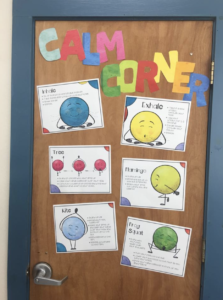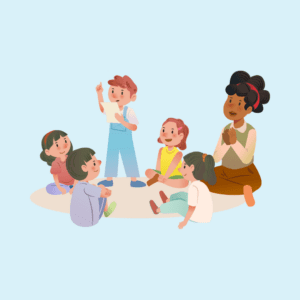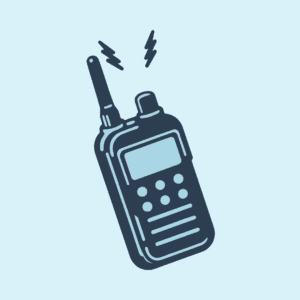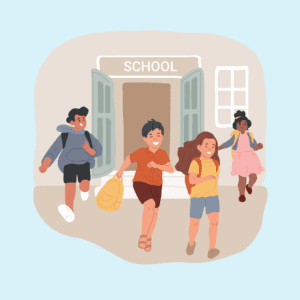As a school counselor, teachers frequently come to me for advice on classroom management. Almost always, they are looking for self control strategies for students struggling in their classrooms. They have students in their classes that are blurting out, having anger outbursts, or constantly getting out of their seats. I also have had these same struggles in my own classroom lessons. So what could I tell these teachers and what could I use myself when students just couldn’t seem to control themselves?
Secret Code Word
This is one of my favorite interventions for students who don’t realize when their bodies or voices are out of control. If they don’t know they are out of control, it is difficult for them to do anything to fix it. For this strategy, the teacher and the student develop a secret code word to remind the student. It can be anything. I have had students use words like “donuts,” “popcorn,” or “vroom vroom.” The code word helps students become aware of their behaviors.
Calming Space
An important part of encouraging self regulation is to provide a space for students to go when they need to calm down and refocus. This is NOT a time-out or a punishment. It is simply a place where a student can choose to go if a break would help them to get back on track. A teacher or instructor may suggest that a student goes to the designated area, but a student should not be forced to go there. When setting up your area, you have many choices. Some of my favorite things to include in a calming area are stress balls or other fidgets, list of potential coping strategies, a glitter/rice bottle, paper and writing/coloring utensils. Another key item to include is a timer of some kind (sand timer, time timer, egg timer, etc.) to encourage students to return back to their task within a reasonable amount of time.
Check out Carol Miller- The Middle School Counselor’s and EduKate and Inspire’s calming spaces.
Make A Rhyme
In the book Clark The Shark by Bruce Hale, Clark cannot remember to use self control, no matter how hard he tries. This always breaks my heart because it reminds me of so many of my students. They want to make the right choices, but those pesky impulses get the best of them.
In the book, Clark’s teacher urges him to create rhymes to help him remember to use his self control. I decided to run with this idea and use rhymes to help my own students who wanted so badly to do the right thing.They are easy for the students to remember and can be individualized to the specific skill the student is having trouble with. For example, you can make a rhyme about keeping your hands to yourself, not blurting out, not touching the walls, talking quietly, etc.
I find this strategy even more effective when you involve the student in the creation of the rhyme. Students love being able to come up with different rhymes. The more involved they are, the more likely they are to remember their rhymes! Here are some sample rhymes that I have used with students to help them remember to use self control:
When I’m sitting still, my hands are chill.
When my feet are walking, I’m not talking.
When something comes to mind, I lift my hand to the sky.
Talk About It
This may be the most simple tip, but I believe it is the most important. Self control is a skill. It is a skill that needs to be taught, talked about and encouraged. If our students have not learned about self control, we can’t expect them to use it.
There are so many ways that you can teach about self control! Teachers can include it in their morning meetings, class rules, directions, and lessons they teach. Thankfully, there are dozens of picture books that help teach about self control. Some of my favorites are :
Lacey Walker, Nonstop Talker by Christianne Jones
It’s Hard To Be A Verb by Julia Cook
When I Feel Angry by Cornelia Spellman
One resource that I have found very helpful, specifically related to blurting out or interrupting, can be found here in my TeachersPayTeachers store. It includes a poster, activities, reinforcement cards, and several documentation forms. Explicit and implicit instruction of this social skill is crucial to students being able to use it.

Students’ lack of self control can often leave teachers and other school staff feeling stuck and frustrated. Whether it is helping teachers with self control strategies for their students, or using them in your own lessons, I hope these tips will be what you need to support your students and all of their self control needs!
Do you have any self control strategies you find helpful?
I would love to hear about them in the comments below!












